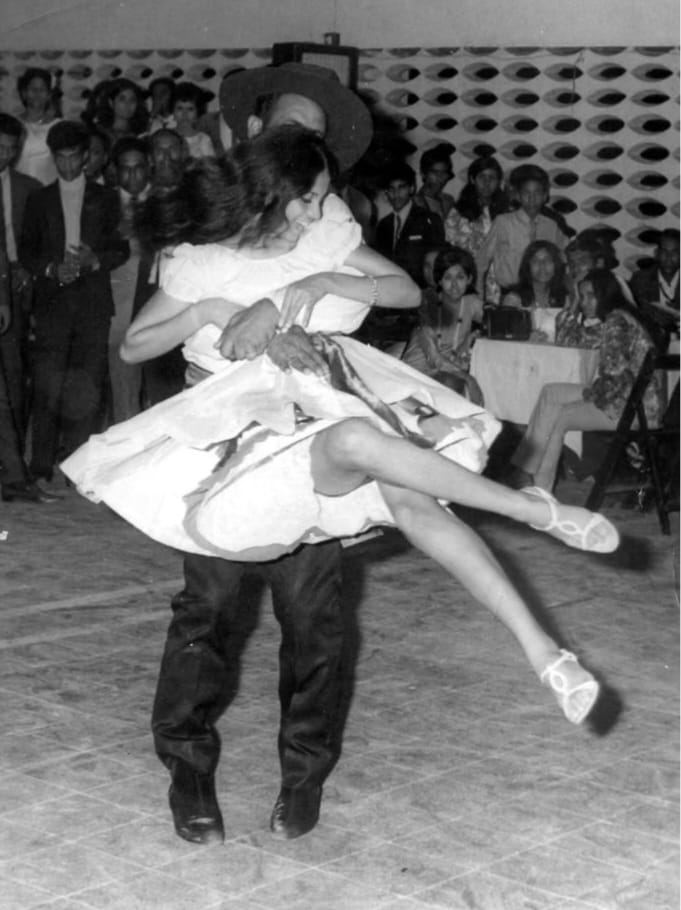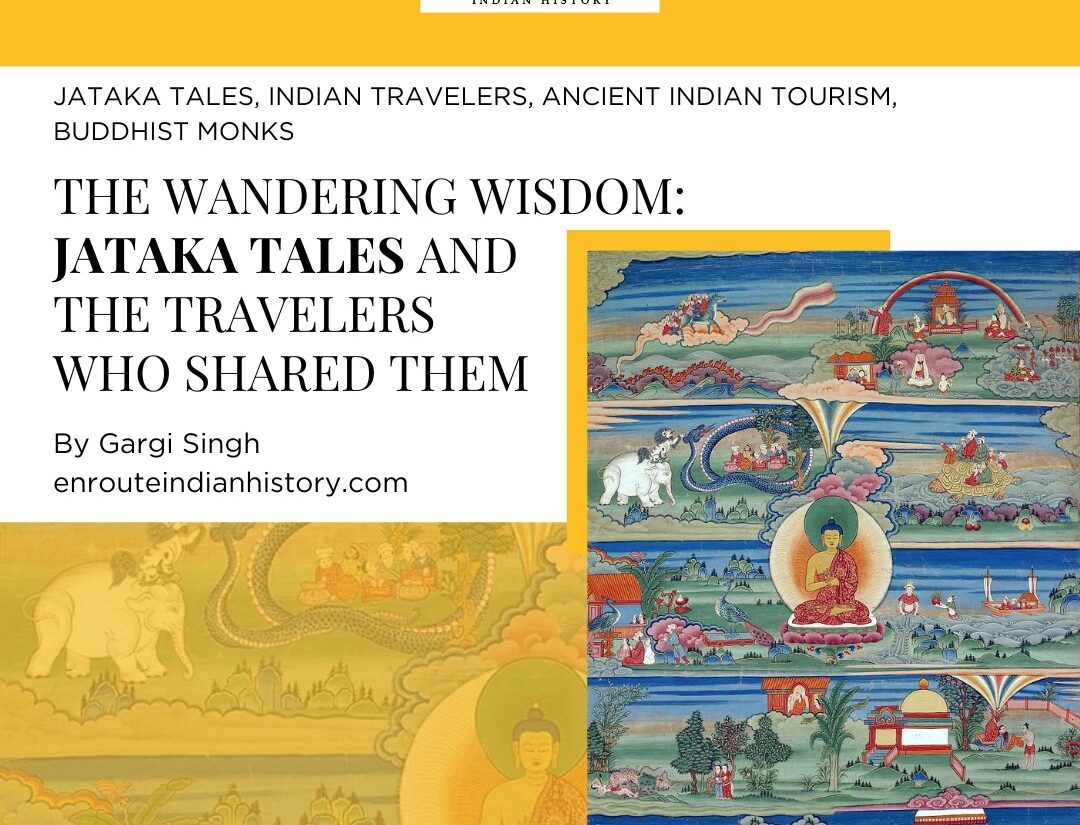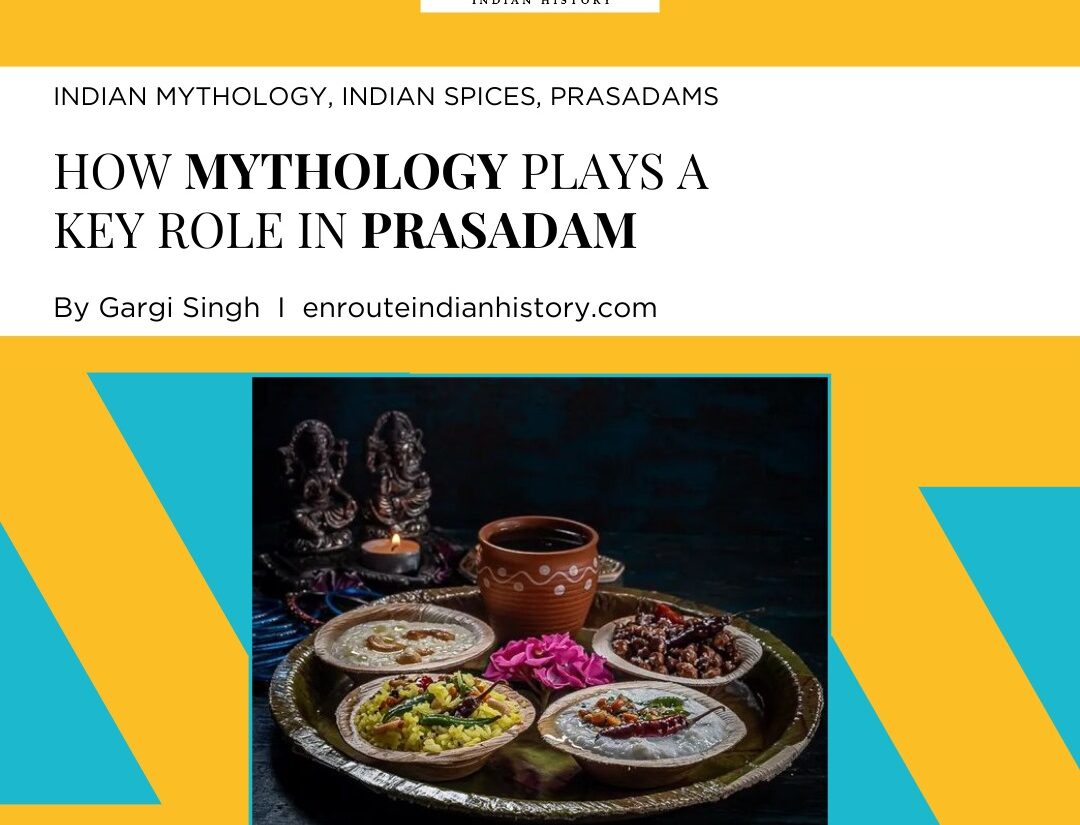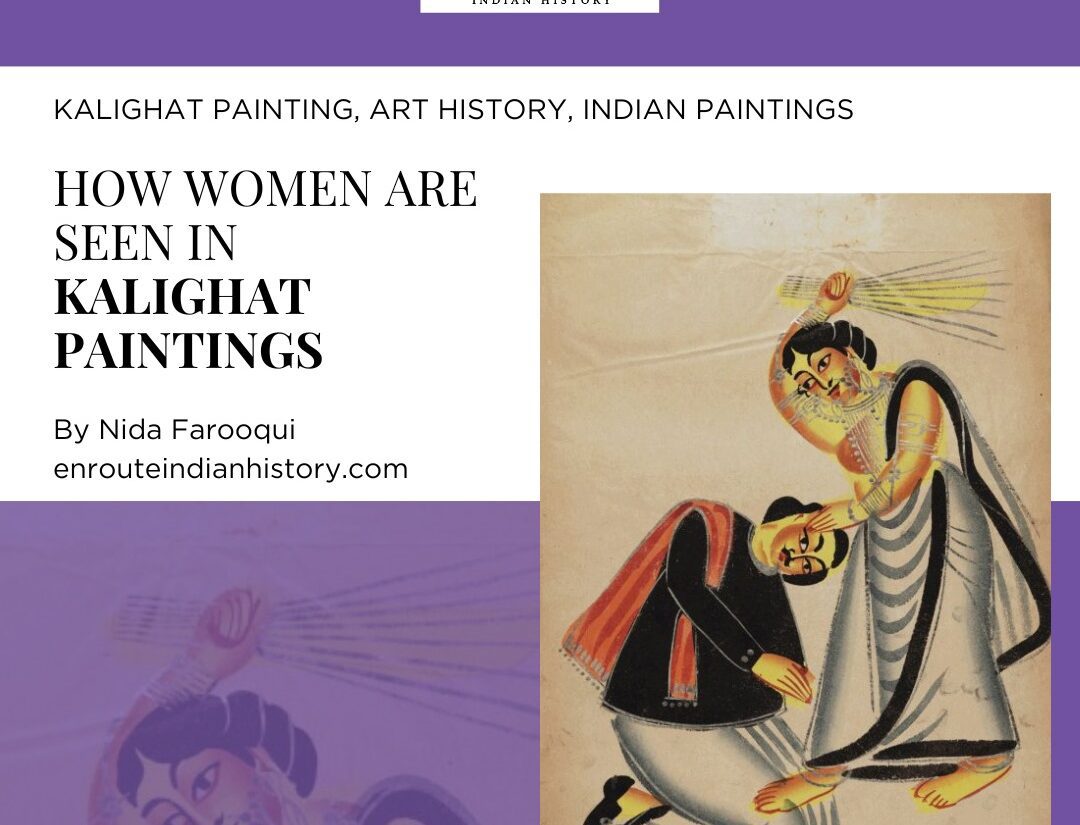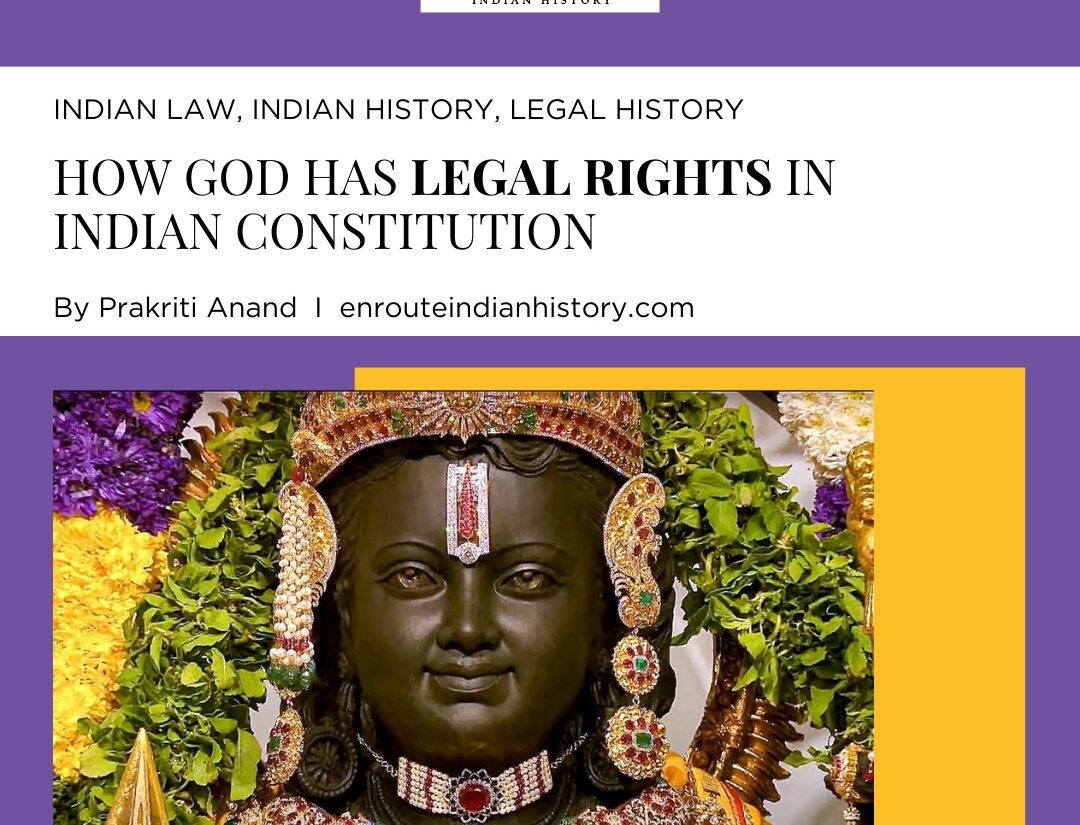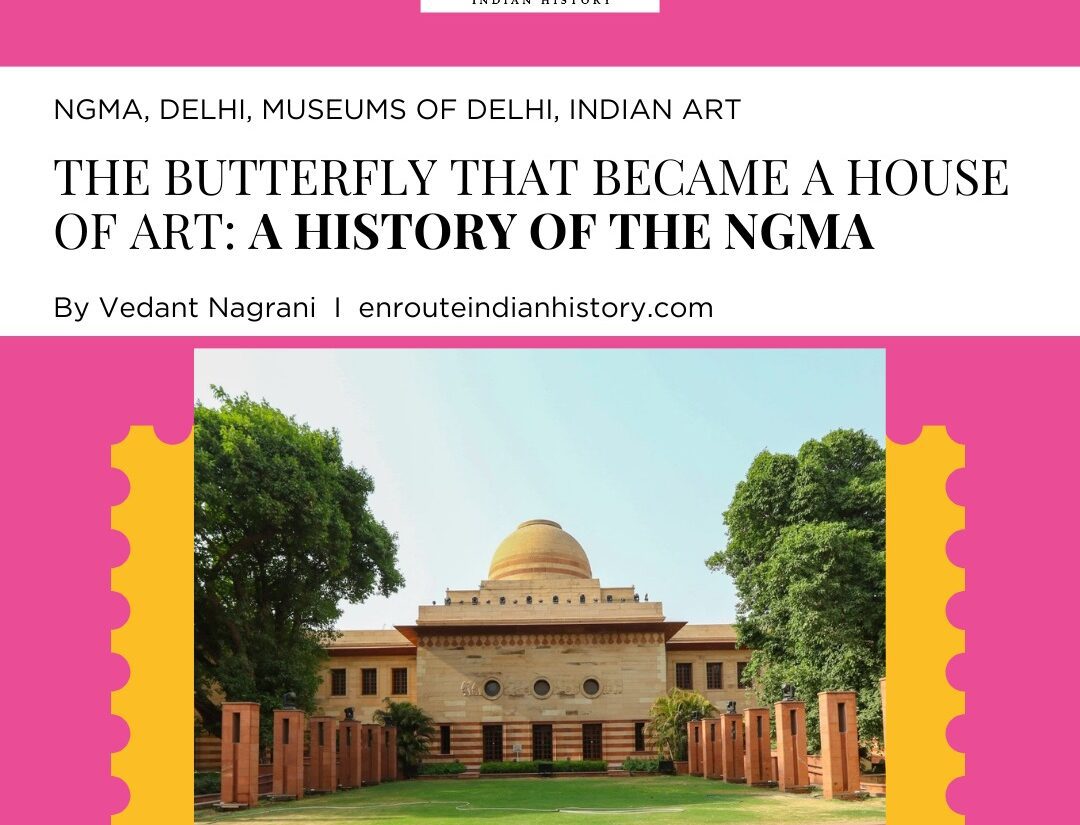How India’s Christmas Dance Parties were once in a Rage?
- EIH User
- December 20, 2023
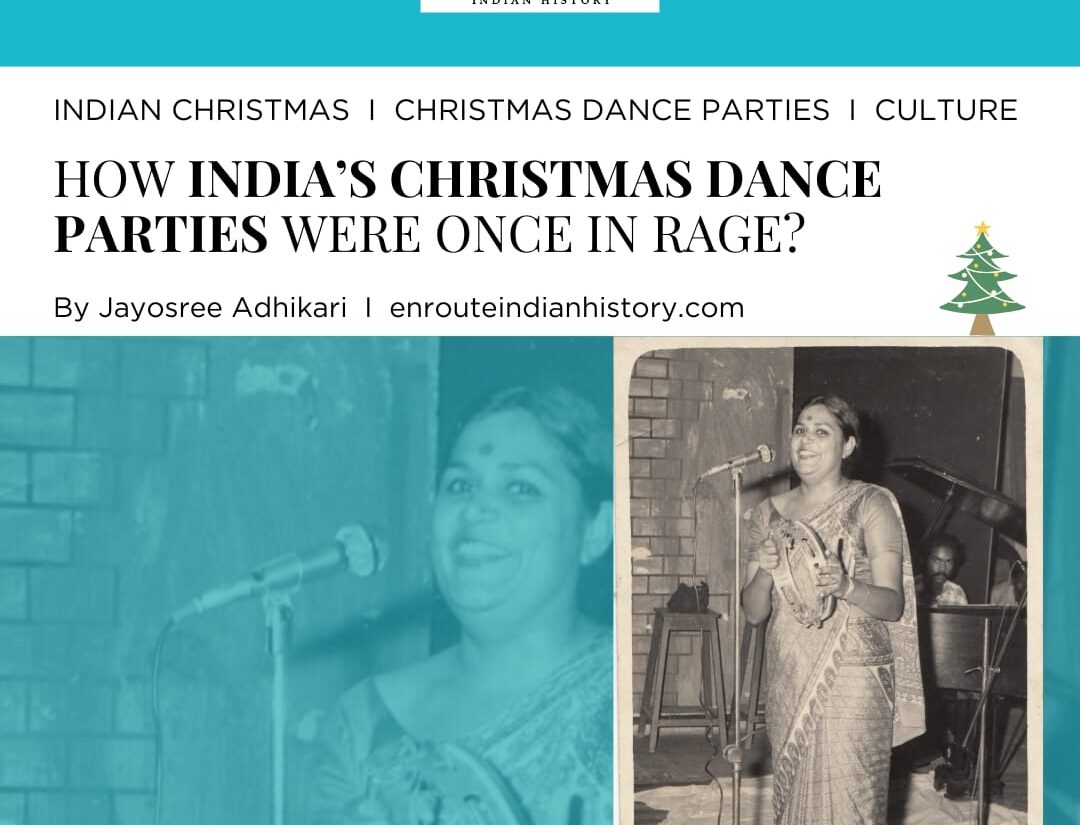
The history of Christmas celebrations dates back to the emergence of Christianity in the country. India had been a British colony till 1947. Still, the tradition of celebrating Christmas stayed in India due to colonial influence. In India, Christians constitute only 2.3 per cent of the population (as per Census 2011). However, Christmas celebrations are not restricted to Christians. Children as well as adults, irrespective of their religion partake in the Christmas culture, hang up stockings on Christmas Eve, and at Midnight Mass, non-Christians often outnumber Christians at churches. Markets are packed with Christmas trees and decorations, shop windows are decked up in Christmas colors, concerts are held, clubs organize parties, restaurants offer special menus and confectionary stores do brisk business. One of the special features of an Indian Christmas are the Christmas dance parties, a tradition started by the Britishers and later continued by the Anglo- Indian community. However, with the decline of the Anglo- Indian population in India as well as with changing times, we also witness a decline of this eventful Christmas traditions.
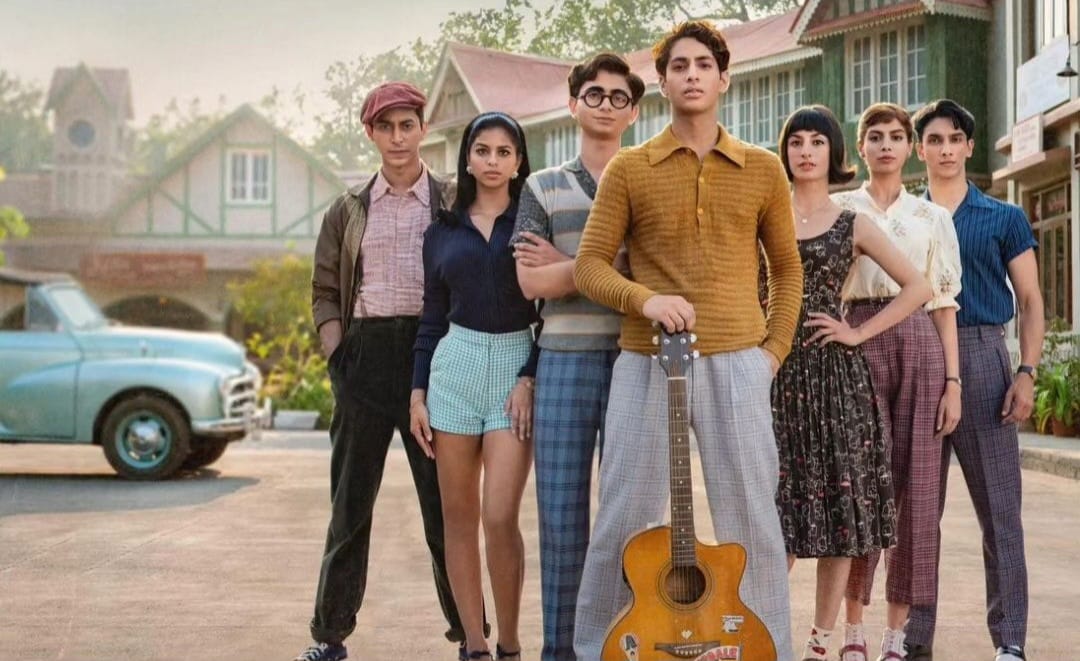
Christmas Dance Parties a tradition started by Brtishers and later continued by the Anglo- Indian Community
Going Down the Memory lane.
Ballroom dancing was a big part of these Christmas dance parties where there would be staple food options and drinks available in the house, as well as grand prizes, auctions and dancing until the early morning. In Goa, these Christmas parties are a big part where everyone after midnight Mass on Christmas Eve lands up. The set would begin with the waltz, then move on to the cha cha and jive, then masala music [Goan songs] and lastly popular music. The crowd would be pumped until seven in the morning. People learnt the steps for each dance from their parents, siblings and friends.
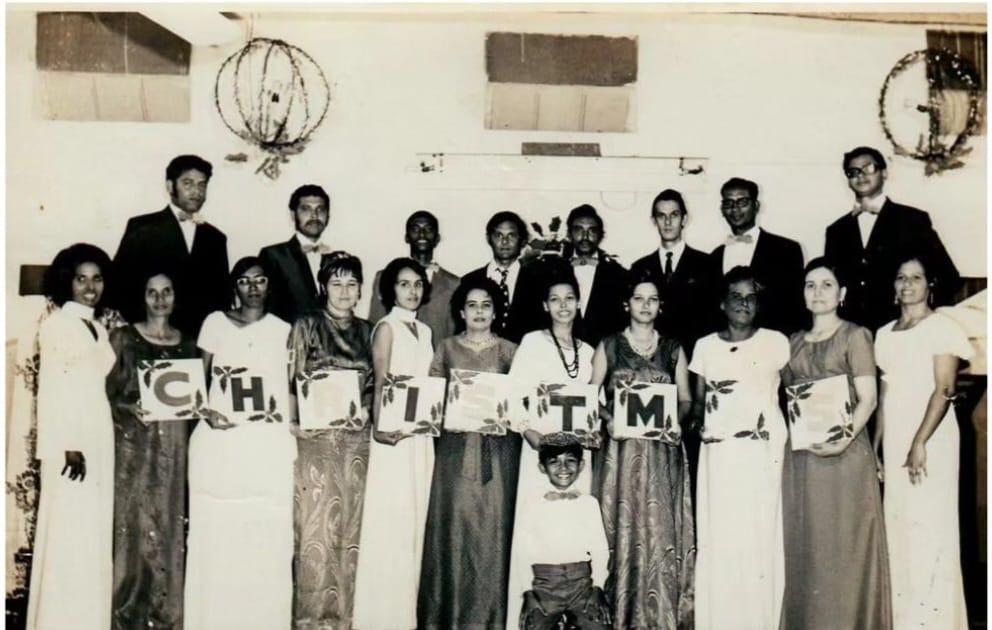
Angl0- Indians attend a Christmas ball in the 1960’s. Photo: Anglos In The Wind
In Kolkata, which was known as Calcutta at the time and was the capital of the British-held territories in the country until 1911, became home to a plethora of these clubs, hosting sophisticated members-only dinners and dances. Nearly all of them remain today and while the nature of the events held at the clubs now largely features modern pop and house music, this was unthinkable until the 1990s. From themed parties to bigger events such as a dance on Independence Day, ballroom dancing was an essential part of social life in the country.
Anglo- Indians at a dance in the 1960’s. Photo: Anglos In The Wind via South China Morning Post
Newspaper archives at the Goethals Indian Library at St Xavier’s College in Kolkata reveal how vibrant the dancing scene was in the city. Every December, numerous advertisements would appear in The Herald, a weekly tabloid published by the archdiocese of Kolkata and paid for by various parishes and associations, to invite people to the Christmas and New Year’s Eve balls. The Goan Association of Bengal’s Christmas Ball is still a prized event on the city’s festive schedule which is held at the Rangers Club and dates back more than a century. In comparison to Kolkata and Mumbai, the north Indian city had a much smaller Anglo-Indian community, so residents took their weekly and annual get-togethers seriously. Formal education in dance was passed down the generations as people grew up learning classic dances such as the box step, jive and foxtrot, and attributes this legacy of ballroom dancing to the European officers who settled in India.
On the Decline…..
This culture of Christmas dance parties are slowly and steadily fading into the past, as the younger generation prefers new-age lounge music or Bollywood, and the accompanying dances, instead of live bands and traditional etiquette. The younger generations refuse to learn the dances. Fewer Anglo-Indians were willing to take up the mantle of carrying forth the community’s musical and dance traditions. “Learning how to dance is over,” is what the Anglo- Indian community in the City of Joy as earlier, they would go to Rangers or Grail, but when other clubs such as Dalhousie Institute opened up, those places would also get crowded The appearance of live bands at these dances has also nearly disappeared. Back in their heyday, popular performers were equivalent to stars in the City of Joy, with artists from Usha Uthup to Pam Crain performing rock and swing music to the crowds. With bands such as the Amigos and Flintstones also at these events, there was no dearth of entertainers.

Anglo- Indians at a dance by Thurston Hopkins
Times are changing, though, and now everyone and anyone is welcome. Trance, Bollywood and hip-hop have taken over most dance events, relegating the traditional genres to Christmas balls alone. With a lack of documentation and the younger generations seemingly uninterested in following in the footsteps of their parents on the dance floor, these anecdotes are almost all that remain of those times. Christmas balls, too, have mostly given way to regular parties, with older people showing off their ballroom dancing skills for the first few minutes (more as courtesy than traditional upkeep), before younger dancers take over. Perhaps, soon, this cultural element of Christmas will fade away altogether.
Picture Reference :
- https://cdn.sanity.io/images/nlpqts3z/production/f0b020ecb0d3a09c21d56645bee8b8558cd45401-780×350.jpg
- https://cloudfront-eu-central-1.images.arcpublishing.com/thenational/COFBSVUBMQWTN23P5RO3EAXJVU.jpg
- https://assets.telegraphindia.com/telegraph/2022/Dec/1671774710_f07-dance-02.jpg
- https://seniorstoday.in/wp-content/uploads/2022/05/Usha-2–747×1024.jpg
.
- April 4, 2024
- 7 Min Read
- January 31, 2024
- 7 Min Read
